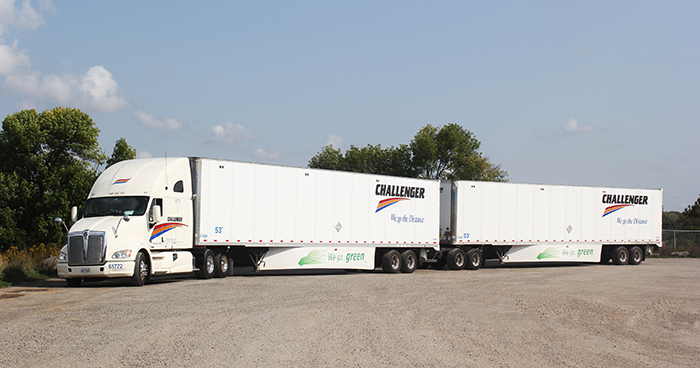Ontario, Quebec, New Brunswick and Nova Scotia have harmonized their requirements for long combination vehicles (LCVs), allowing carriers to transport goods more easily and efficiently across the four provinces while reducing emissions and lowering shipping costs.
LCV’s are made up of a single tractor pulling two full-length trailers, effectively replacing two tractor-trailers. They are best suited for freight that is light and bulky, weigh no more than standard tractor-trailers and do less damage to transportation infrastructure.
LCVs reduce fuel consumption and related greenhouse gas emissions (GHGs) by approximately one-third, while offering shippers a cost-effective option to move more goods at one time and bring goods to market at a lower cost. Harmonizing the requirements allows for the free movement of LCVs across these provinces, providing both economic and environmental benefits.
Reducing barriers on goods movement and trade is part of our plan to create jobs, grow our economy and help people in their everyday lives.
Facts
Since the inception of the Ontario LCV Program in August 2009, carriers have safely completed over 220,000 trips covering 70 million km.
The Canada Safety Council reports that LCVs are involved in at least 40 per cent fewer collisions than regular tractor-trailers.
Ontario’s trucking sector moves $1.24 trillion in goods annually on Ontario’s roads. Approximately $765M of Ontario-US trade crosses the border by truck on a daily basis.
Source: news.ontario.ca

Photo Credit : www.challenger.com

Recent Comments